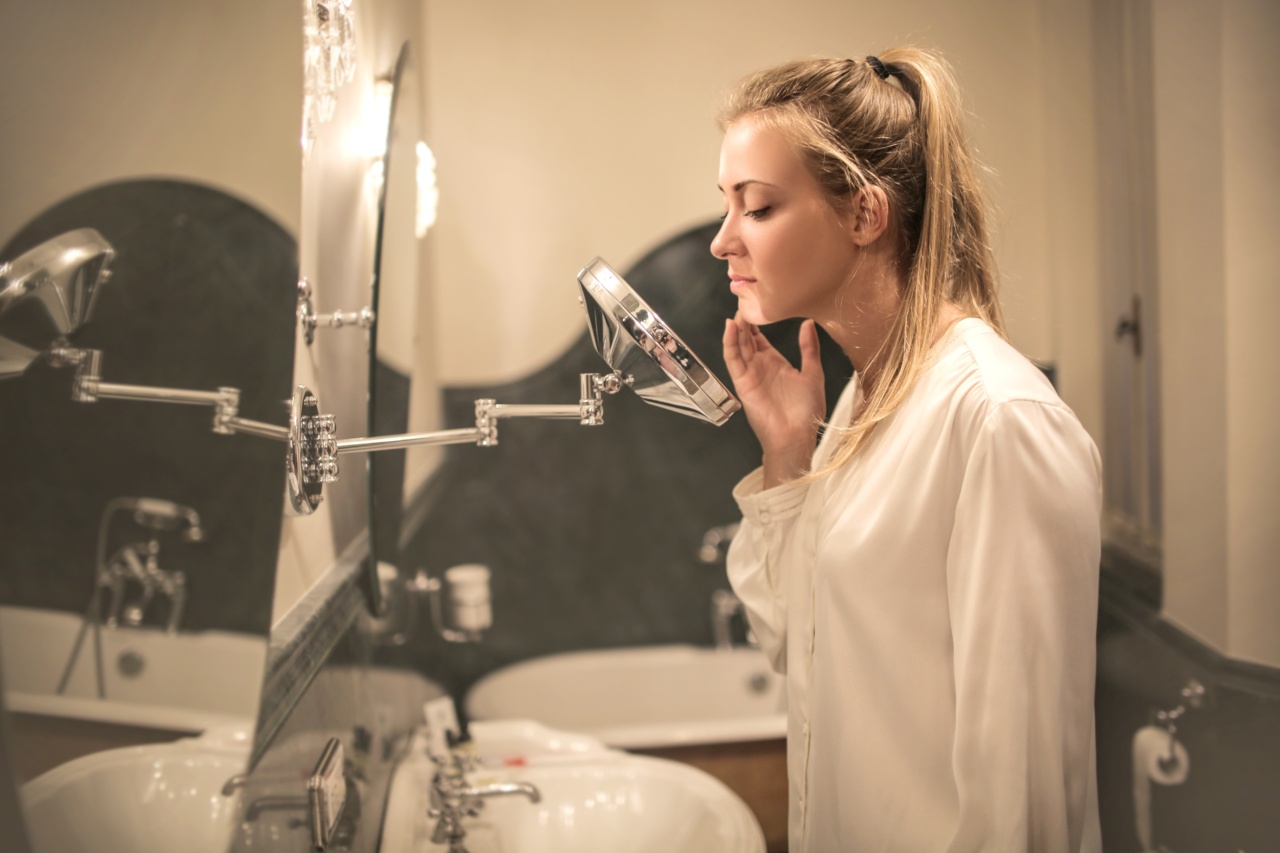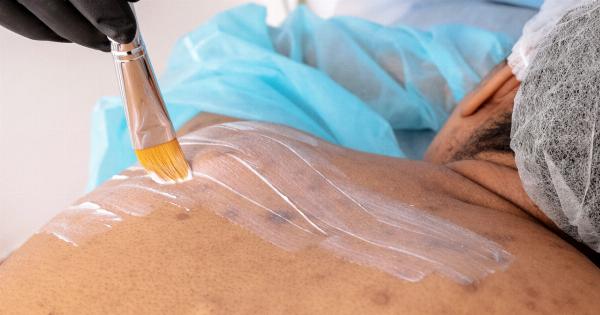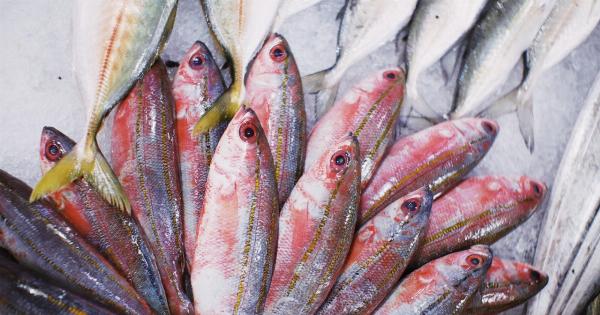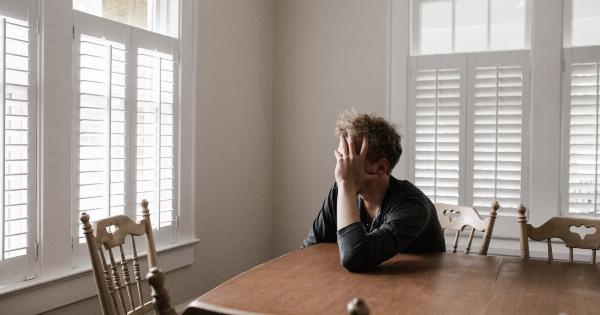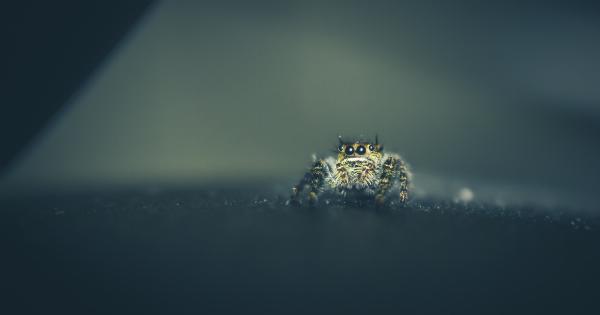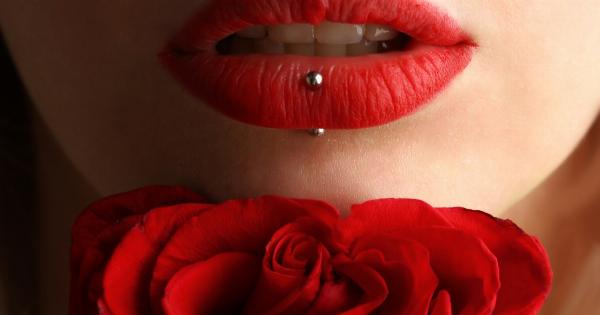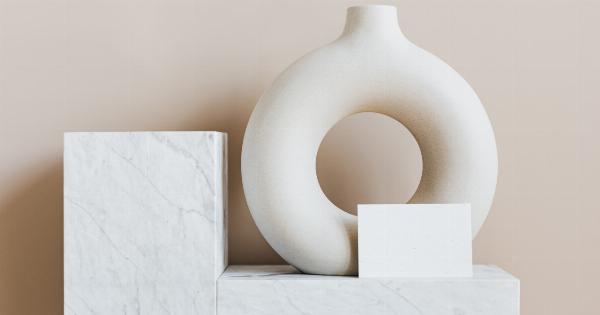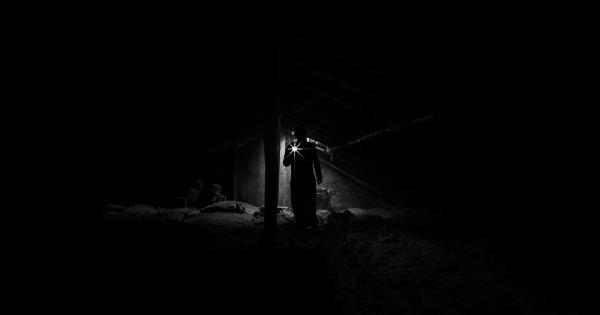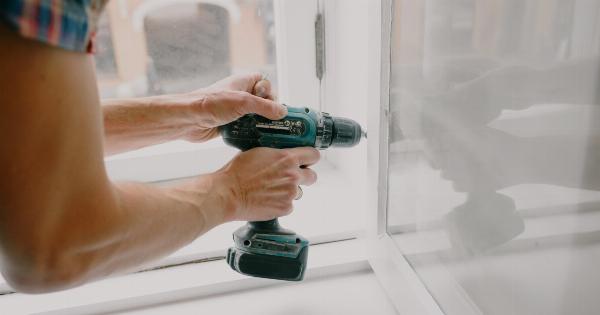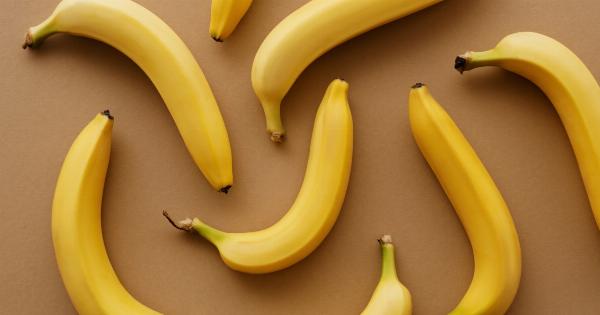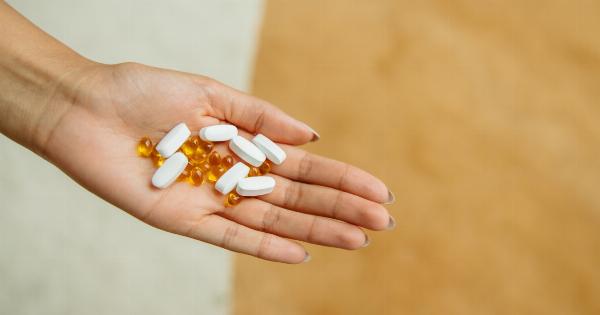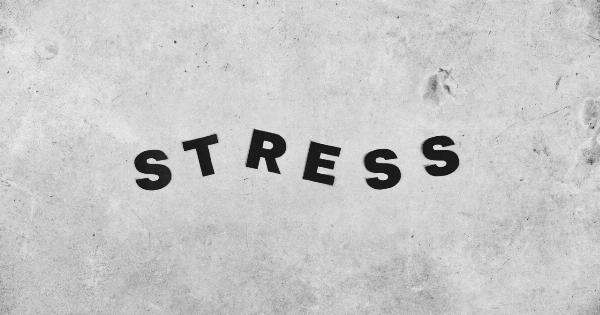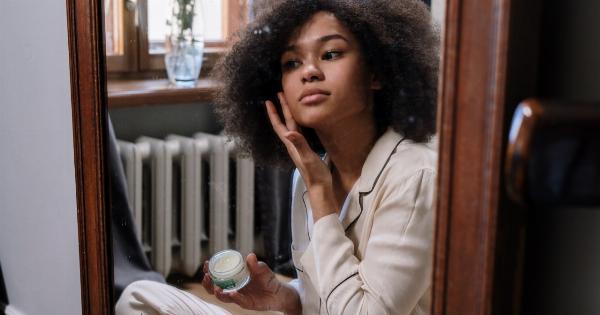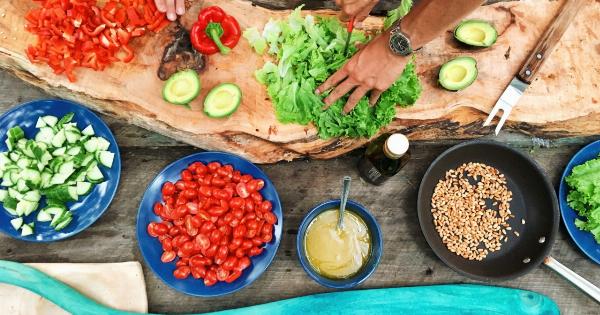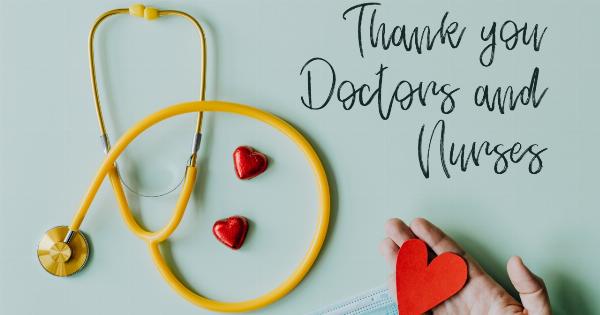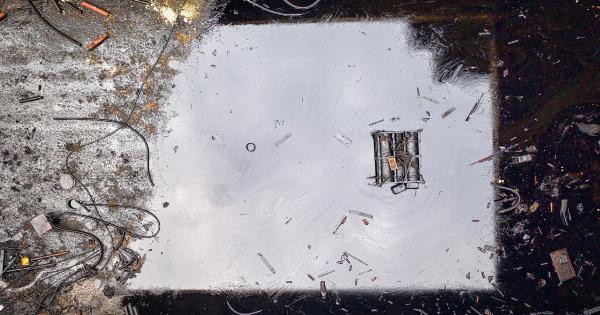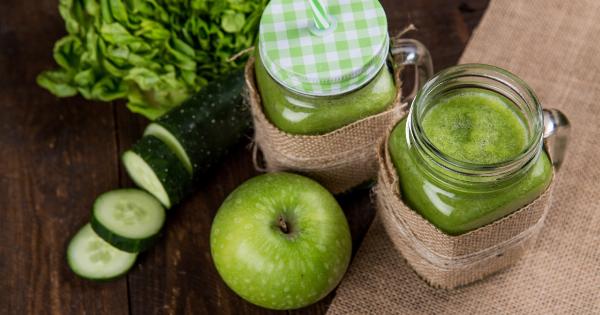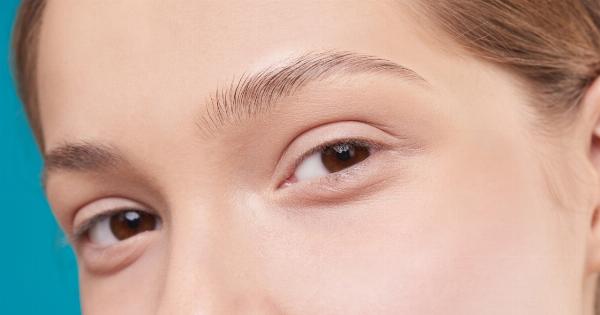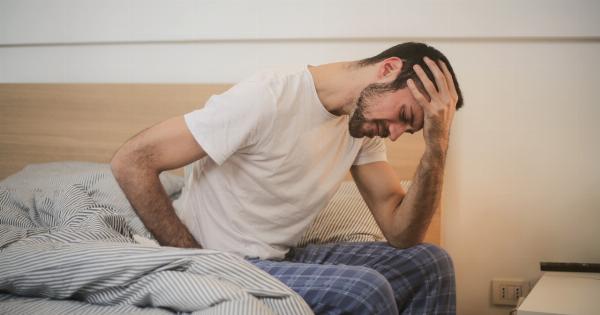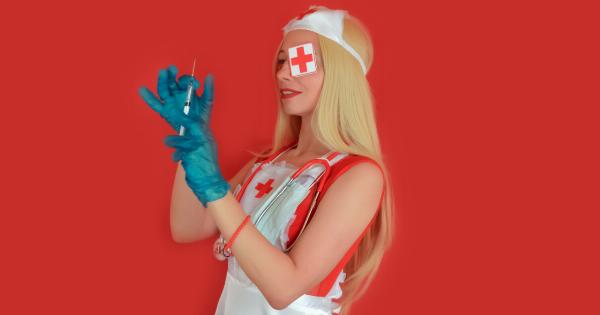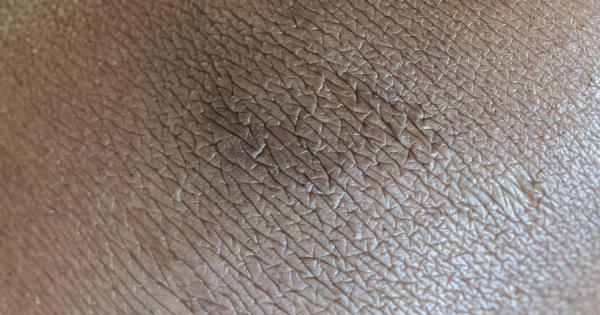Acne is the most common skin problem that affects people of all ages. While acne on the face is more frequently discussed, parts of the body such as the back are also prone to acne breakouts.
Back acne, also known as Bacne, can be an annoying and uncomfortable condition to deal with. It can affect your self-confidence and make you feel self-conscious.
Several factors contribute to the development of acne on the back, including hormonal fluctuations, genetics, stress, and diet. Luckily, several natural remedies can help you get rid of back acne.
Here are nine natural remedies that can help you clear your skin.
1. Tea Tree Oil
Tea tree oil is a natural antibacterial and antiseptic agent, making it perfect for treating acne. It helps to unclog pores and reduce inflammation, which can minimize the appearance of bacne.
Apply tea tree oil to the affected area using a cotton ball or swab, and leave it on for up to 30 minutes before washing it off.
2. Aloe Vera
Aloe vera is a natural anti-inflammatory agent that can soothe skin irritation and inflammation caused by acne. When applied to bacne, it can help reduce redness and improve the overall appearance of your skin.
Apply fresh aloe vera gel to your back and leave it on for 20-30 minutes before washing it off with warm water.
3. Apple Cider Vinegar
Apple cider vinegar has natural anti-bacterial properties, making it an effective natural remedy for back acne. Mix equal parts of apple cider vinegar and water, and apply the mixture to your back using a cotton ball or swab.
Leave it on for a few minutes before rinsing it off with warm water.
4. Coconut Oil
Coconut oil has natural anti-inflammatory properties that can help reduce inflammation and irritation caused by acne. Apply coconut oil to the affected area and leave it on for 15-20 minutes before washing it off with warm water.
5. Witch Hazel
Witch hazel is a natural astringent that can help tighten and tone the skin, reducing the appearance of bacne. Apply witch hazel to the affected area using a cotton ball or swab and leave it on for 15-20 minutes before washing it off with warm water.
6. Honey and Cinnamon Mask
A mask made from honey and cinnamon can help reduce inflammation and unclog pores, making it an effective treatment for back acne. Mix one tablespoon of honey with one teaspoon of cinnamon powder to form a thick paste.
Apply the mixture to your back and leave it on for 20-30 minutes before washing it off with warm water.
7. Epsom Salt
Epsom salt is rich in magnesium, which has natural anti-inflammatory properties. It can help reduce inflammation and soothe skin irritation caused by acne.
Mix one cup of Epsom salt with warm water and soak in it for 20-30 minutes, focusing on the affected areas.
8. Exercise
Exercise is a great way to relieve stress, which can contribute to the development of back acne. Incorporating regular exercise into your routine can help reduce stress levels and promote healthy skin.
9. Diet
What you eat can also affect your skin’s health. A diet high in processed foods, sugar, and dairy products can exacerbate acne problems.
Incorporating a diet rich in fresh fruits and vegetables, lean proteins, and healthy fats can help promote healthy skin and reduce the occurrence of back acne.
Conclusion
Back acne can be an uncomfortable and embarrassing condition, but it doesn’t have to be a lifelong problem. Incorporating these natural remedies into your routine can help clear your back acne and promote healthy, glowing skin.
Remember, consistency is key, and it may take some time to see results. A little patience and dedication can go a long way towards achieving clear, healthy skin.
